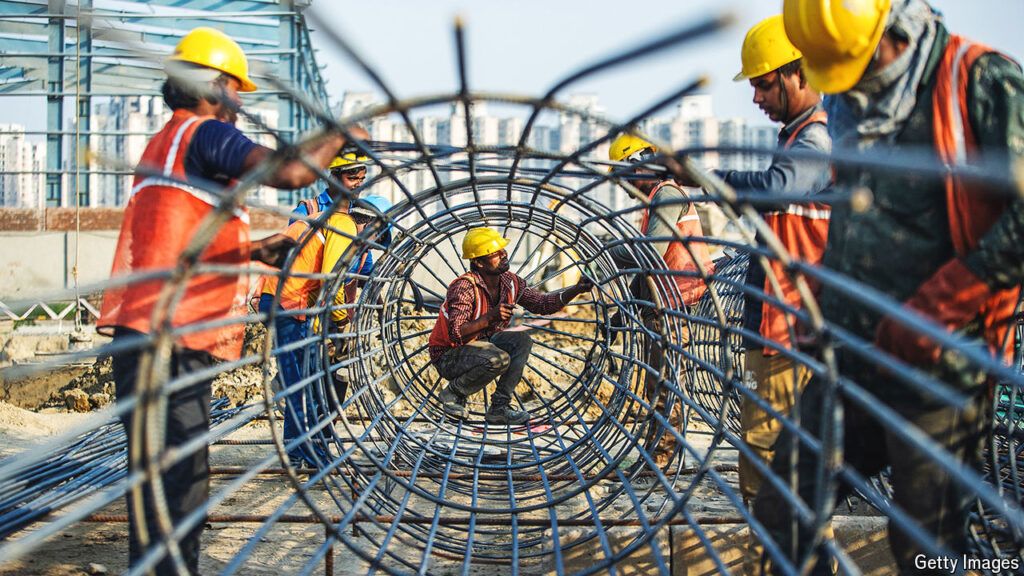Optimism about India tends to ebb and flow, with periods of high expectations often followed by disappointment. One such period was in 1996, shortly after the country began opening up to foreign investment. During this time, property prices in Mumbai, India’s bustling financial center, reached unprecedented levels, surpassing those of other major cities around the world. Similarly, in 2007, India experienced rapid economic growth, with GDP expanding at an impressive annual rate of 9%, leading many observers to predict that the country was on track to achieve double-digit growth in the near future. However, these lofty expectations were eventually tempered by financial turmoil in the following decade.
Today, India finds itself once again on the cusp of a potential upswing. Recent data shows that in the year leading up to the fourth quarter of 2023, the country’s GDP surged by an impressive 8.4%. Despite these promising figures, there remains a degree of skepticism among economists both within the government and outside of it regarding the true extent of India’s economic growth. This uncertainty has taken on added significance as the country prepares for a general election set to commence on April 19th. With so much at stake, it is crucial to accurately assess India’s current growth trajectory.
In order to gauge India’s true growth rate, it is essential to consider a range of factors that may influence the country’s economic performance. These include the state of domestic consumption, investment levels, and government policies, among others. By examining these variables in detail, economists can gain a more comprehensive understanding of the forces driving India’s economy and make more informed projections about its future prospects.
One key question that looms large in the current debate over India’s growth rate is whether the country’s economy is truly picking up steam. While recent GDP figures suggest a significant expansion, some experts caution that this growth may not be sustainable in the long term. Factors such as high inflation, a widening current account deficit, and global economic uncertainties could potentially undermine India’s growth trajectory and lead to a slowdown in the coming months.
Despite these concerns, there are also reasons to be cautiously optimistic about India’s economic prospects. The country’s burgeoning middle class, expanding consumer market, and robust IT sector all bode well for future growth. Additionally, ongoing reforms aimed at improving the business environment and streamlining regulatory processes could help fuel further expansion in key sectors of the economy.
As India stands at a crossroads, with a general election on the horizon and questions swirling around its economic performance, it is imperative for policymakers, investors, and citizens alike to closely monitor developments and adapt their strategies accordingly. By taking a balanced and informed approach to assessing India’s growth trajectory, stakeholders can position themselves to capitalize on opportunities and weather potential challenges in the years ahead. Only time will tell whether India can sustain its current momentum and emerge as a true global economic powerhouse.



